Martial arts offer a unique blend of physical training, mental discipline, and personal growth. However, safety in martial arts is a critical aspect that should never be overlooked. In any martial arts academy, the well-being of students is the top priority. Instructors play a vital role in creating a respectful and harm-free environment where students can learn, grow, and thrive.
At River City Warriors, we understand the importance of safety in martial arts. As the owner and head instructor, I’ve seen firsthand how a focus on safety can make all the difference in a student’s journey. In this article, we’ll explore the key aspects of ensuring a safe training environment:
Key Takeaways:
- Physical safety measures, including proper techniques, protective gear, and maintaining a clean space
- Emotional and psychological safety, fostering respect, addressing bullying, and encouraging open communication
- The importance of qualified instructors who lead by example and enforce rules fairly
- Adapting training to meet individual student needs and learning styles
- Emergency preparedness and protocols to handle injuries or medical situations
- Continuously evaluating and improving safety practices based on feedback and new knowledge
By the end of this article, you’ll have a deeper understanding of the comprehensive approach martial arts instructors take to prioritize student safety and well-being.
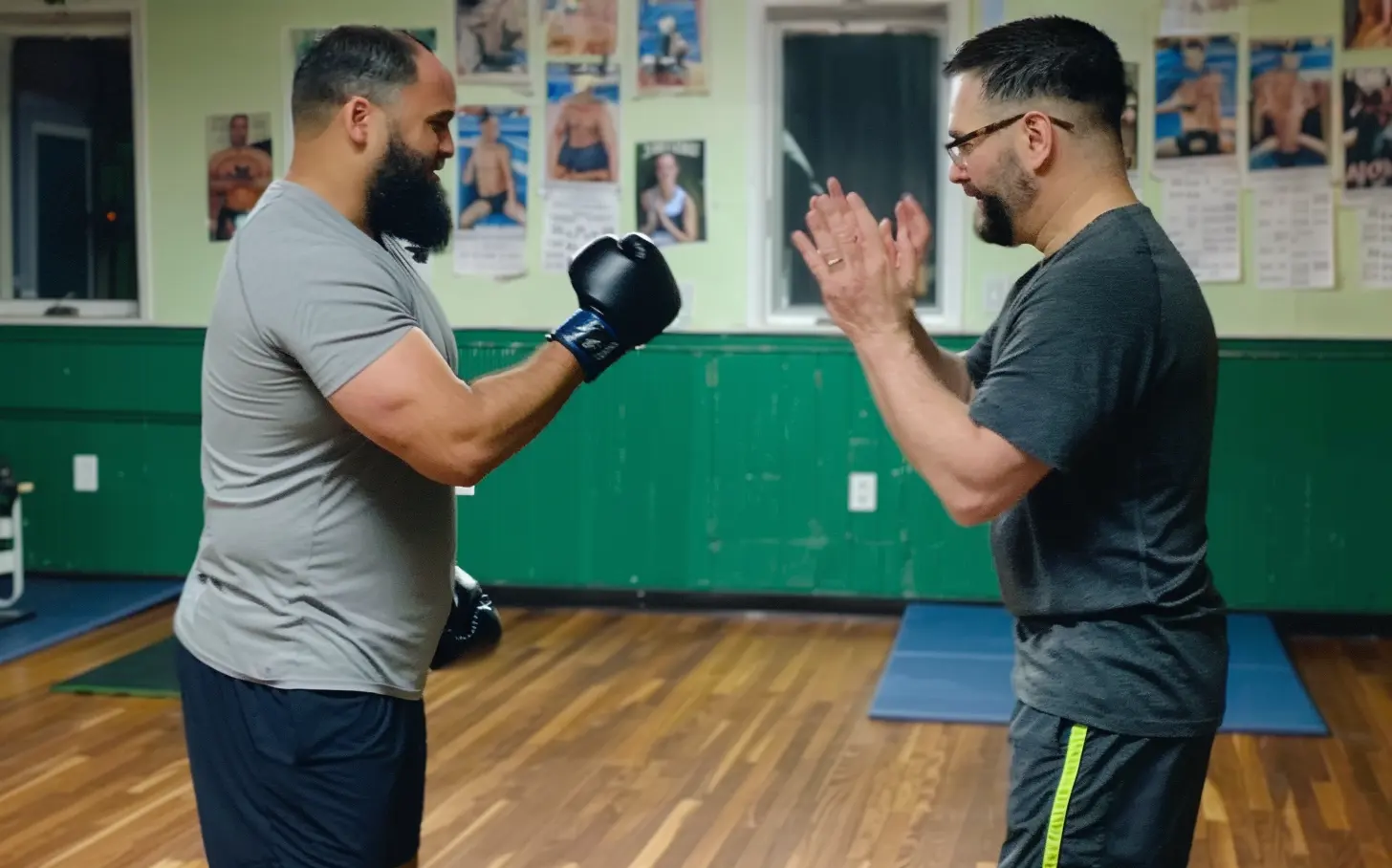
Physical Safety Measures
In my years of practicing and teaching martial arts, I’ve learned that physical safety is paramount. At River City Warriors, we employ a range of measures to ensure our students can train effectively while minimizing the risk of injury. This includes teaching proper techniques, using protective gear, and maintaining a clean and safe training environment.
Proper Training Techniques
Correct form and technique are essential for preventing injuries in martial arts. My instructors and I emphasize to our students that learning and practicing techniques properly engages the right muscles, maintains balance, and minimizes strain on their bodies.
We also emphasize the importance of warming up before training and cooling down afterward. Back when I was a student, I learned the hard way that skipping the warm-up can lead to pulled muscles and avoidable injuries (and trust me, you don’t want to be sidelined when you are just starting to see progress).
Use of Protective Gear
Protective gear is another crucial aspect of physical safety in martial arts. At our academy, we use high-quality mats to provide a soft, stable surface for training. I remember the sense of security I felt as a young martial artist knowing that the mats would help absorb impact and prevent injuries from falls or throws.
Students at our dojo are required to wear appropriate protective gear during sparring or drills. This may include:
Headgear to protect the head and face
Mouthguards to shield the teeth and gums
Chest protectors to safeguard the torso
Shin guards and foot pads to protect the lower legs and feet
Gloves or hand wraps to support the hands and wrists
Our instructors ensure that all gear fits properly and is in good condition before use.
Maintaining a Clean and Safe Environment
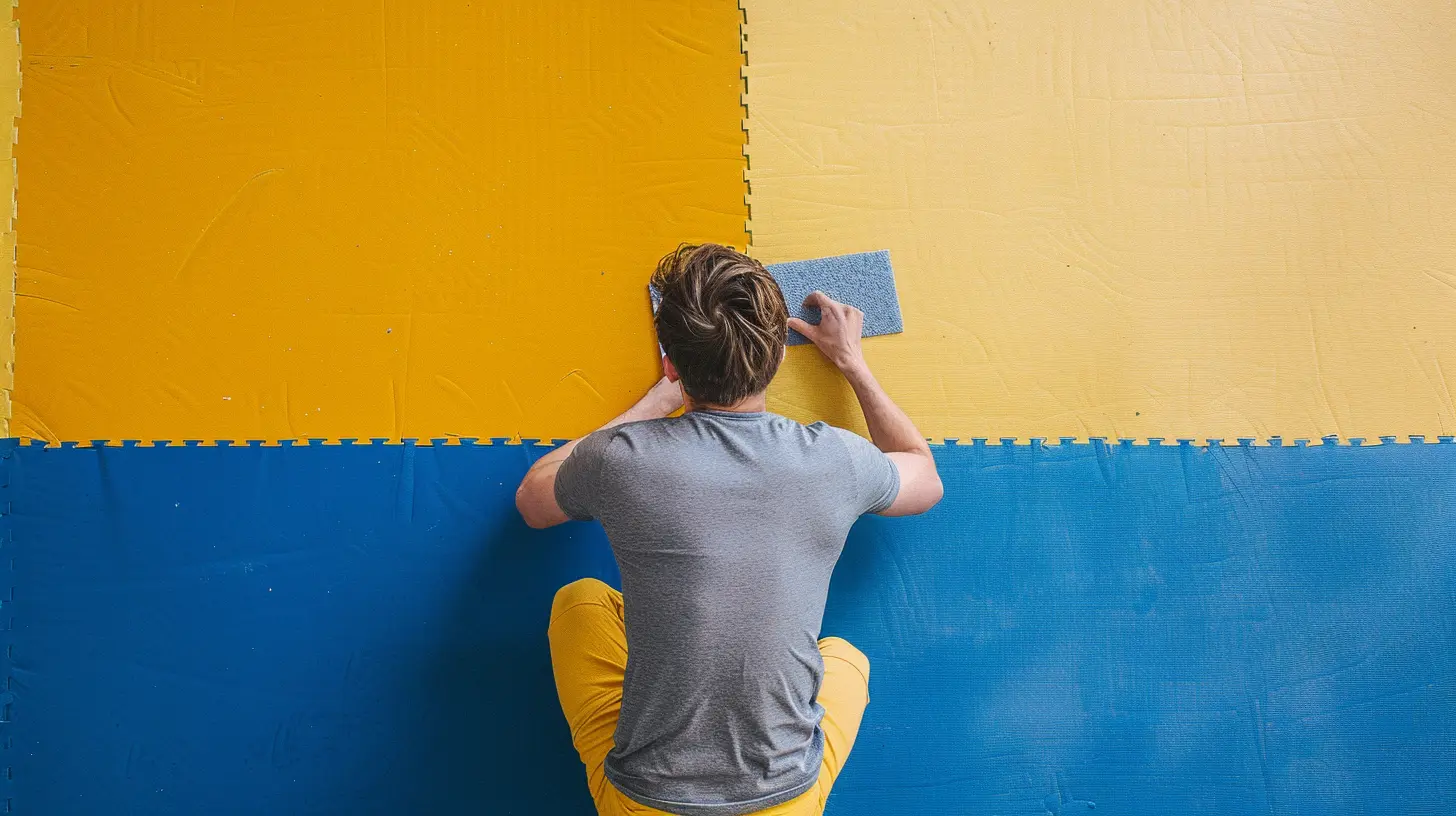
A clean, well-maintained training space is essential for preventing accidents and promoting health. We regularly clean and disinfect our mats and equipment to prevent the spread of germs and skin infections. This is especially important in a martial arts setting where there is close physical contact between students.
We also keep our training area free from obstructions or hazards that could cause trips or falls. Equipment is stored safely when not in use, and any necessary repairs are made promptly.
By prioritizing physical safety measures like proper techniques, protective gear, and a clean environment, we create a space where students can train with confidence and focus on their martial arts journey.
Emotional and Psychological Safety
At River City Warriors, we believe that emotional and psychological safety is just as important as physical safety in martial arts. Our instructors work hard to create a respectful, inclusive atmosphere where every student feels valued and supported. We also have strict policies against bullying and harassment, and we encourage open communication between students and instructors to foster trust and address any concerns that may arise.
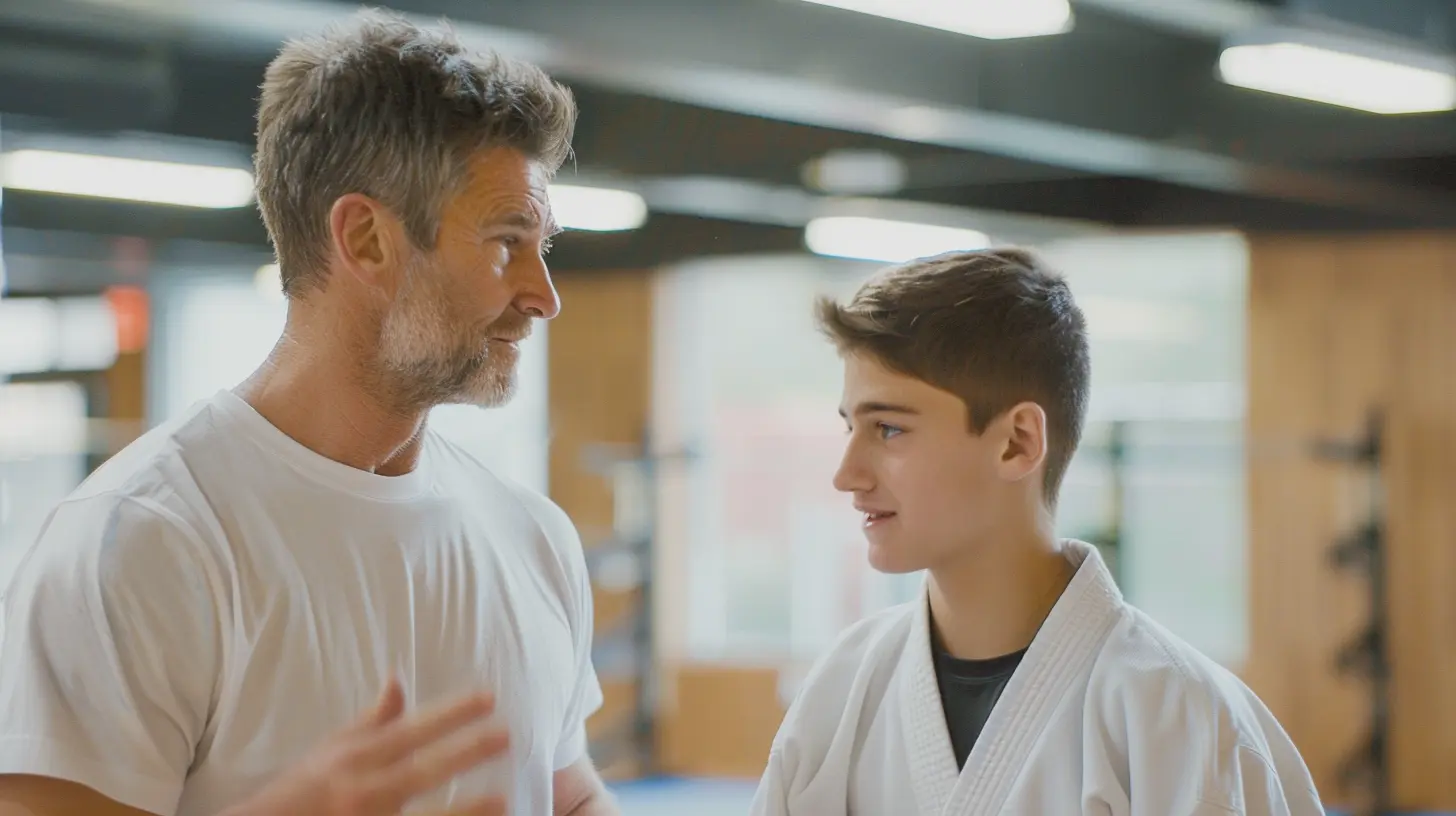
Fostering a Respectful Atmosphere
I’ve seen firsthand how a positive, supportive environment can make all the difference in a student’s martial arts journey. Our instructors lead by example, treating every student with respect and kindness. We celebrate each student’s unique strengths and encourage them to support and uplift one another.
In my own training, I was fortunate to have instructors who created a welcoming atmosphere where I felt comfortable being myself and pushing my limits. I strive to create that same sense of belonging for my students at River City Warriors.
Interestingly, recent research by Alex Channon on mixed martial arts (MMA) highlights the collaborative nature of risk-taking in combat sports. Channon argues that MMA fighters work together to create a meaningful experience while still trying to beat each other. This idea of mutual trust and cooperation is something we actively foster at our academy. By encouraging students to support and challenge each other in a respectful manner, we contribute to their emotional and psychological safety as they navigate the inherent risks of martial arts training.
Addressing Bullying and Harassment
Bullying and harassment have no place in martial arts. At our academy, we have a zero-tolerance policy for any form of discrimination or mistreatment. Our instructors are trained to recognize signs of bullying and intervene immediately. We also teach our students to stand up for themselves and others in a confident, assertive manner.
As a lifelong learner and practitioner of martial arts, I know how important it is to feel safe and supported in your training environment. That’s why I’m so passionate about creating a space where every student feels respected and valued, regardless of their background or ability level.
Growing up as a child of the 90’s, I had the privilege of visiting many different dojos with a myriad of teaching and instructing styles during my early martial arts journey. While it was rare, I occasionally came across a dojo that emphasized aggression and promoted a “tough guy” mentality. The instructors in these schools often adopted a drill sergeant approach, which inadvertently created an environment where bullying could thrive. It reminded me of the Cobra Kai dojo from the iconic “Karate Kid” movie, which was so popular at the time.
Many of our students at River City Warriors begin their martial arts training as a way to combat and defend themselves against bullying. The last thing we want is to turn them into bullies themselves. That would be counterintuitive to the philosophy of all martial arts, and certainly to the principles we practice and teach at our academy. Instead, we focus on building confidence, self-control, and respect for others, empowering our students to stand up against bullying without becoming bullies themselves.
Encouraging Open Communication
Open communication is key to maintaining emotional and psychological safety in martial arts. At River City Warriors, we encourage our students to voice their concerns, questions, or feedback to their instructors. We create multiple channels for communication, including one-on-one check-ins, group discussions, and anonymous suggestion boxes.
I make a point to regularly check in with my students and ask how they’re feeling about their training. By fostering an open dialogue, we can address any issues early on and ensure that every student feels heard and supported.
When I was a young martial artist, I remember how much it meant to me when my instructors took the time to listen to my concerns and offer guidance. Those experiences shaped my approach as an instructor, and I strive to be that same source of support for my students.
By prioritizing emotional and psychological safety alongside physical safety, we create a comprehensive training environment that empowers students to thrive both on and off the mats. Through fostering a culture of respect, collaboration, and open communication, we help our students build the trust and resilience needed to safely navigate the challenges and risks inherent in martial arts training.
Instructor Qualifications and Responsibilities
Proper Certification and Training
In the dojo, having a certified sensei isn’t just a formal requirement—it’s a cornerstone of quality training. These certifications aren’t just pieces of paper; they’re a testament to an instructor’s dedication to mastering the art and science of martial arts, ensuring they’re prepared to guide others safely and effectively.
When I began my own martial arts journey, I remember being in awe of my instructors’ knowledge and skill. As I progressed and eventually became an instructor myself, I realized just how much hard work and dedication goes into earning those certifications. It’s not just about physical prowess; it’s about understanding the intricacies of each technique and how to teach them in a way that resonates with students of all backgrounds and skill levels.
Continuing Education
A true martial artist’s journey never ends. For instructors, ongoing education is vital for sharpening their skills and staying up-to-date on the latest safety and instructional techniques. Regular training sessions and seminars not only boost their abilities but also reinforce their commitment to fostering a safe learning environment.
I make it a point to attend workshops and conferences whenever possible, always seeking out new ways to improve my craft and better serve my students. It’s an ongoing process, but one that I find incredibly rewarding. Seeing the positive impact that my continued growth has on my students is what drives me to keep learning and evolving as an instructor.
Role Modeling and Enforcement of Rules
“Instructors set the pace,” as my mentor used to say. They don’t just teach techniques; they embody the discipline and respect that form the foundation of martial arts. By upholding strict behavioral standards and demonstrating them daily, instructors ensure the dojo remains a sanctuary of learning and personal growth.
I take my role as a Sensei to my students very seriously. I strive to lead by example, showing them what it means to be a true martial artist both on and off the mats. This means consistently enforcing rules and maintaining a safe, respectful environment where everyone feels valued and supported. It’s not always easy, but it’s essential for creating a positive learning experience for all students.
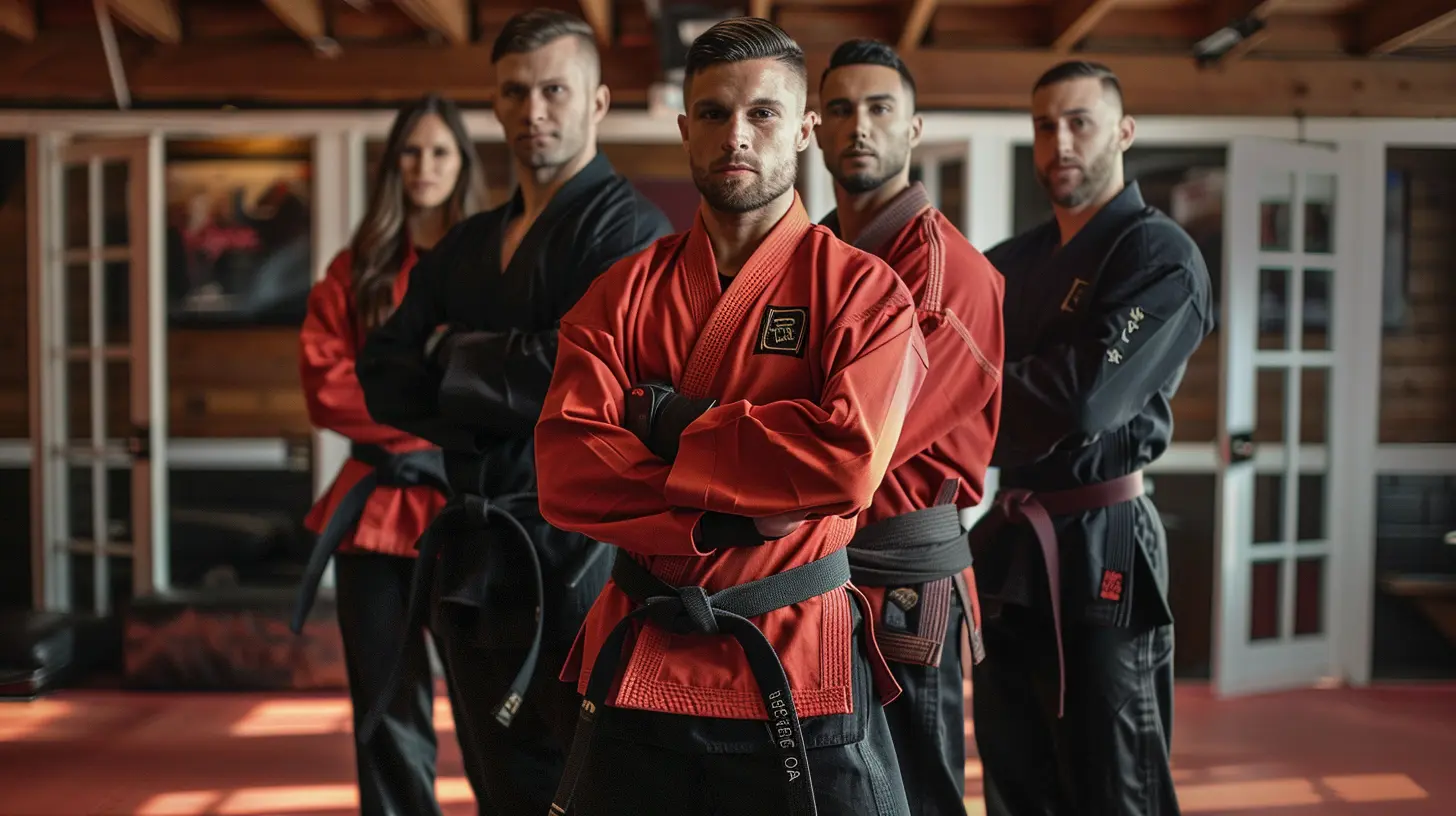
Student Conduct and Discipline
Guidelines for Behavior
In our dojo, the first lesson is always about respect—respect for the art, the space, and each other. I emphasize that the way we conduct ourselves during training is as important as the techniques we master. Clear behavioral guidelines help students understand their role in maintaining a respectful and productive learning environment.
From day one, we set the tone for the kind of behavior we expect from our students. This includes arriving on time, bowing when entering and leaving the dojo, and always showing respect to their instructors and fellow students. We also have strict rules against any form of bullying, harassment, or discrimination. By laying out these guidelines clearly and consistently, we create a shared understanding of what it means to be a part of the River City Warriors community.
Enforcement of Rules
Consistency in rule enforcement is something I learned from my early days training under disciplined masters. It’s not just about following the rules but understanding why they matter. This approach ensures that all students, regardless of their level, contribute to a harmonious and orderly dojo.
Promoting a Culture of Respect and Self-Control
At River City Warriors, we cultivate a culture deeply rooted in respect and self-control—values that are essential both inside and outside the dojo. I’ve seen firsthand the consequences when these principles are neglected. For instance, a sparring session once escalated due to a lack of self-control, leading to unnecessary tensions and injuries. This incident became a pivotal teaching moment in our community.
We regularly revisit this example to emphasize the critical importance of discipline and mutual respect in martial arts, ensuring that our students not only learn these values but live by them daily. By promoting a culture of respect and self-control, we help our students develop the character and life skills that will serve them well beyond their time in the dojo.
Adapting Training to Individual Needs
At River City Warriors, we recognize that every student is unique, with their own strengths, limitations, and learning styles. Our instructors are trained to modify techniques, adapt teaching methods, and address individual concerns to ensure that every student receives a safe, inclusive, and effective training experience.
Research has shown that traditional martial arts schools can function as “protected islands” where practitioners develop a different orientation to relationships compared to their lives outside of training (Partikova, 2018). The shared experiences and strong sense of group identification fostered by martial arts training contribute to an inclusive atmosphere where individual differences are respected and accommodated.
We strive to create this type of supportive environment at River City Warriors, where students feel comfortable expressing their unique needs and trust that their instructors will adapt the training accordingly. Our instructors understand that creating a safe space for all students, regardless of their background or ability level, is essential for fostering growth and progress in the martial arts journey.
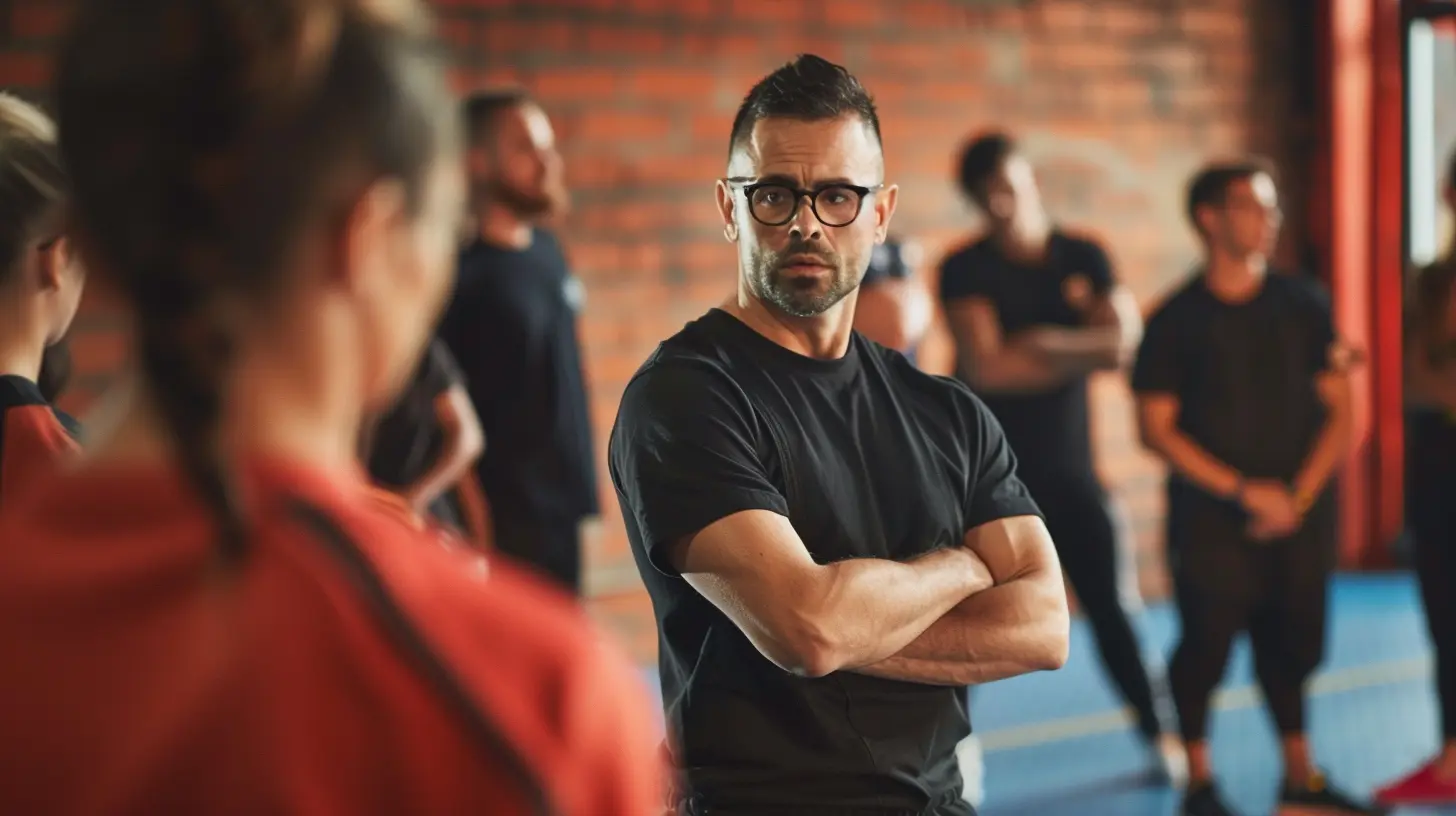
Modifying Techniques
In my years of teaching, I’ve worked with students of all abilities and backgrounds. Some have come to me with physical limitations or disabilities, seeking to learn martial arts as a means of self-defense, fitness, or personal growth. In these cases, I work closely with the student to understand their unique needs and tailor our training methods accordingly.
For example, I once had a student with a prosthetic leg who was eager to learn Muay Thai. Together, we modified certain kicks and stances to accommodate his prosthetic, focusing on techniques that played to his strengths. By the end of his training, he was not only proficient in the art but also had a newfound sense of confidence and empowerment.
Accommodating Learning Styles and Paces
Just as every student has unique physical abilities, they also have different learning styles and paces. Some may grasp techniques quickly through observation, while others may require more hands-on guidance or verbal instruction. Our instructors are trained to recognize these differences and adapt their teaching methods accordingly.
I’ve found that using a variety of instructional techniques, such as demonstrating techniques, providing verbal cues, and offering constructive feedback, helps me connect with students of all learning styles. I also encourage my students to ask questions and provide feedback on their own learning preferences, creating an open dialogue that allows me to continually refine my teaching approach.
Addressing Individual Student Concerns
Creating a safe and inclusive training environment means being attuned to the individual concerns and needs of each student. This could range from a student who is anxious about sparring to one who is dealing with personal issues outside of the dojo.
I make it a point to regularly check in with my students one-on-one, creating a safe space for them to voice any concerns or challenges they may be facing. By actively listening and offering support and guidance, I aim to build trust and ensure that every student feels valued and understood.
I remember a student who was struggling with anxiety and found it difficult to participate in group drills. By working with them individually and gradually increasing their exposure to group settings, we were able to build their confidence and help them integrate more fully into the class.
At River City Warriors, we believe that adapting our training to meet the individual needs of our students is essential for creating a truly inclusive and empowering martial arts experience. By modifying techniques, accommodating different learning styles, and addressing individual concerns, we strive to help every student reach their full potential both on and off the mats.
Emergency Preparedness
At River City Warriors, we understand that even with the most rigorous safety measures in place, accidents can still happen. That’s why we have a comprehensive emergency action plan to ensure that our students receive prompt, appropriate care in the event of an injury or medical emergency. Our top priority is to provide a safe and secure environment for all our students, and our emergency preparedness is a testament to our commitment to this goal.
Emergency Action Plan
Our emergency action plan is a crucial component of our overall safety strategy. It outlines clear, step-by-step procedures for responding to various types of emergencies, from minor injuries to life-threatening situations. The plan includes:
– A detailed map of our facility, marking the locations of first aid kits, fire extinguishers, and emergency exits.
– A list of emergency contacts, including local hospitals, ambulance services, and police and fire departments.
– Protocols for evacuating the building safely and efficiently in case of fire, natural disaster, or other emergencies.
– A clear chain of command that designates specific roles and responsibilities to staff members during an emergency.
We regularly review and update our emergency action plan to ensure that it remains current and effective. We also conduct periodic drills to familiarize our staff and students with emergency procedures, so everyone knows exactly what to do in a real-life situation.
First Aid and CPR Training for Instructors
At River City Warriors, we believe that our instructors are not just teachers, but also guardians of our students’ safety and well-being. That’s why we require all of our instructors to be certified in first aid and CPR. This training equips them with the knowledge and skills needed to provide immediate, lifesaving care in the event of an emergency.
Our instructors undergo rigorous, hands-on training in:
– Assessing and prioritizing injuries
– Administering CPR and using an automated external defibrillator (AED)
– Treating common injuries such as cuts, bruises, sprains, and fractures
– Recognizing signs and symptoms of serious medical conditions like concussions, heat exhaustion, and cardiac arrest
By having a team of instructors who are prepared to handle medical emergencies, we can provide our students with an extra layer of safety and peace of mind.
Protocols for Handling Injuries
In the event that a student sustains an injury during training, our instructors are prepared to act quickly and effectively. Our protocols for handling injuries include:
1. Assessing the severity of the injury and providing immediate first aid as needed.
2. Notifying the student’s emergency contacts and, if necessary, calling for professional medical assistance.
3. Ensuring that the injured student is comfortable and monitored until they can be safely released to a parent, guardian, or medical professional.
4. Documenting the incident thoroughly, including the cause of the injury, the treatment provided, and any follow-up actions taken.
5. Conducting a post-incident review to identify any necessary changes to our safety procedures or training methods.
At River City Warriors, we understand that injuries can be stressful and frightening experiences, especially for children and their families. That’s why we place such a strong emphasis on emergency preparedness – so that our students and their loved ones can train with confidence, knowing that they are in safe, capable hands.
From my own first-hand experiences, I know the importance of having a well-prepared staff and a robust emergency action plan. Years ago, when I was training at another martial arts school, I witnessed a fellow student suffer a serious injury during sparring. The instructors at that school were caught off guard and seemed unsure of how to respond. The injured student ended up waiting far too long for proper medical attention, and the incident left everyone feeling shaken and unsafe.
From that moment on, I vowed that if I ever ran my own martial arts school, I would make emergency preparedness a top priority. At River City Warriors, we spare no effort in ensuring that our students are safe, both during everyday training and in the event of an unexpected emergency. It’s a commitment that we take seriously, and one that sets us apart as a top-tier martial arts academy.
Ongoing Evaluation and Improvement
At River City Warriors, we believe that ensuring the safety of our students is an ongoing process that requires continuous evaluation and improvement. We are committed to regularly assessing our safety measures, seeking feedback from our students and instructors, and implementing changes based on new knowledge and insights. By maintaining a proactive, responsive approach to safety, we can ensure that our training environment remains at the forefront of martial arts education.
Assessing Safety Measures
To maintain the highest standards of safety, we conduct regular assessments of our safety practices and procedures. These assessments include:
1. Quarterly safety audits: Every three months, our senior instructors conduct a comprehensive review of our facilities, equipment, and training methods to identify any potential hazards or areas for improvement.
2. Incident reviews: Whenever an incident or near-miss occurs, we thoroughly investigate the circumstances surrounding the event to determine if any changes to our safety protocols are necessary.
3. Industry benchmarking: We stay up-to-date with the latest safety standards and best practices in the martial arts industry, regularly comparing our own practices to those of other leading schools and organizations.
By conducting these regular assessments, we can proactively identify and address any gaps in our safety measures, ensuring that our students are always training in the safest possible environment.
Seeking Feedback
Because we value the input and perspectives of our students and instructors when it comes to safety. We actively seek feedback through:
1. Student surveys: We periodically distribute anonymous surveys to our students, asking for their honest opinions on our safety practices, training methods, and overall academy experience.
2. Instructor meetings: Our instructors meet regularly to discuss safety concerns, share insights from their classes, and brainstorm ideas for improving our safety protocols.
3. Open-door policy: We encourage our students and their families to come to us with any safety concerns or suggestions they may have, no matter how big or small. Our leadership team is always available to listen and address any issues that arise.
By actively seeking feedback from our community, we can gain valuable insights into how our safety measures are working in practice, and identify areas where we can continue to improve.
Implementing Changes
When we identify opportunities to enhance our safety practices, we are committed to implementing changes in a timely and effective manner. Our process for implementing safety improvements includes:
1. Planning: Once an improvement opportunity is identified, our leadership team develops a detailed plan for implementing the necessary changes, including any required training, equipment upgrades, or policy updates.
2. Communication: Before implementing any changes, we communicate our plans to our students and instructors, explaining the reasons behind the changes and how they will benefit our community.
3. Training: If the changes require new skills or knowledge, we provide thorough training to our instructors and students to ensure that everyone is prepared to adopt the new practices.
4. Monitoring: After implementing changes, we closely monitor their effectiveness and gather feedback from our community to ensure that they are having the desired impact on safety.
By following this systematic approach to implementing changes, we can ensure that our safety practices remain responsive, effective, and aligned with the needs of our students.
At River City Warriors, I have seen firsthand the importance of continuous evaluation and improvement when it comes to safety. When I first started training in martial arts as a teenager, safety was often an afterthought – instructors would focus mainly on technique and discipline, without much regard for the potential risks involved. As I progressed in my own training and eventually became an instructor myself, I realized that this approach was not only outdated, but also dangerous.
That’s why, when I founded River City Warriors, I made a commitment to prioritizing safety at every level of our organization. From our rigorous instructor training to our regular safety audits and feedback sessions, we are always looking for ways to improve and evolve our practices. It’s an approach that requires ongoing effort and vigilance, but it’s one that I believe is essential for any responsible martial arts academy.
By continuously evaluating and improving our safety measures, we not only protect our students from harm, but also empower them to train with confidence and reach their full potential. It’s a commitment that lies at the heart of everything we do at River City Warriors, and one that I believe sets us apart as a leader in the martial arts community.
